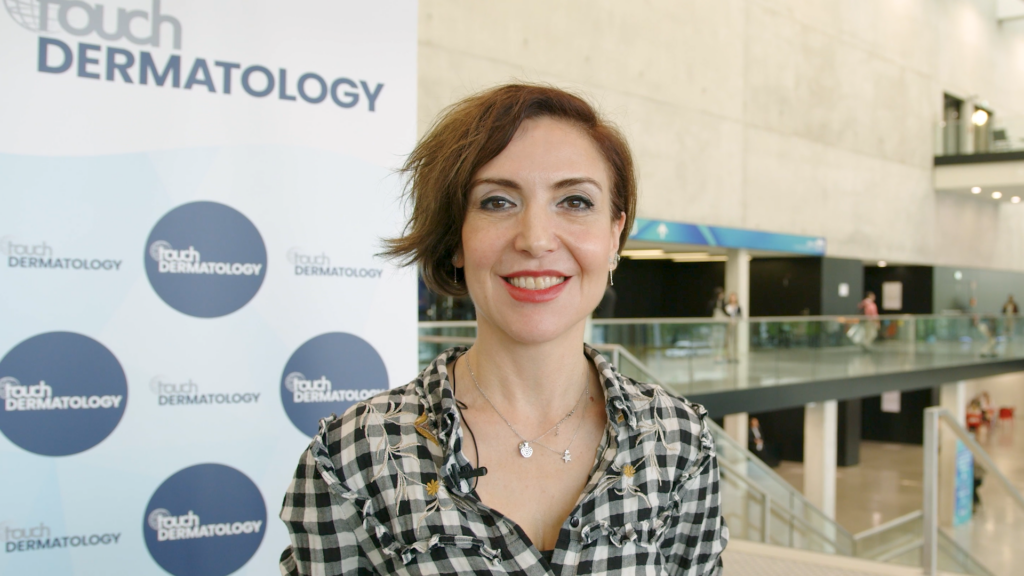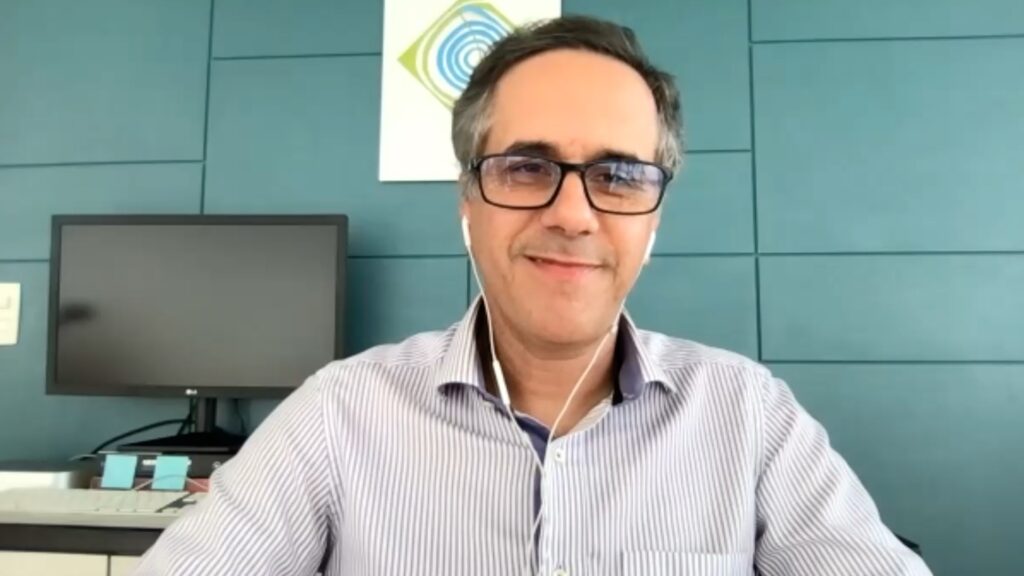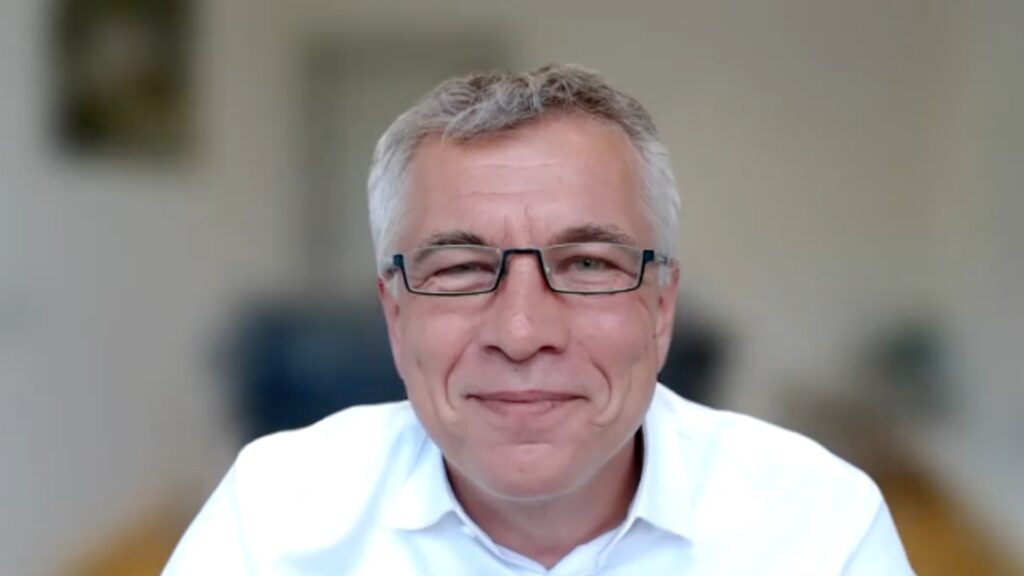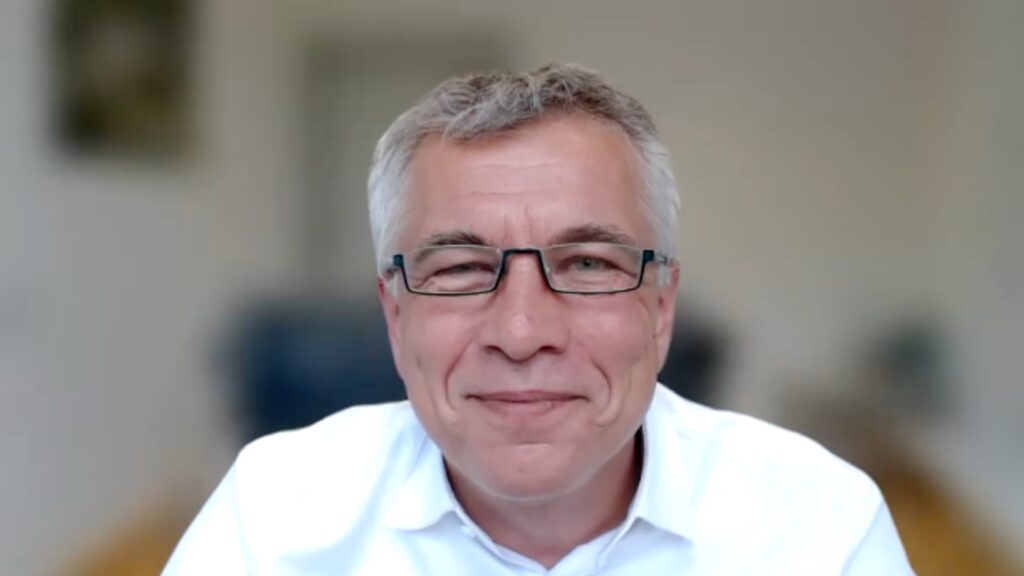“No two days are ever the same, and that constant variety is something I truly value.”
As one of the up-and-coming leading figures in modern dermatology, Canadian-based Dr Tashmeeta Ahad is a Clinical Assistant Professor and Consultant Dermatologist at the University of British Columbia, and clinician-scientist at the Photomedicine Institute, part of the Vancouver Coastal Health Research Institute.
Dr Ahad specialises in photodermatology, with clinical and research interests spanning the translation of optical biopsy techniques for monitoring skin cancer treatment, the study of photosensitivity disorders, and the use of laser, photodynamic therapy, and phototherapy to manage a range of skin conditions. We are delighted to recognise her growing contributions to the field and highlight Dr Ahad as a touchDERMATOLOGY Future Leader 2025.
In this Q&A, Dr Ahad tells us about the visual nature of dermatology that first drew her in, the mentors who shaped her path across continents, and the cutting-edge imaging technologies driving the field forward.
During medical school, paediatrics and dermatology were the two specialties that resonated most with me. Ultimately, dermatology captured my interest due to its highly visual nature. I was drawn to how much we can learn just by looking closely at the skin – its patterns, textures and subtle changes. That ability to diagnose with our eyes and clinical gestalt really fascinated me.
What I love most about dermatology is its incredible breadth, we can treat patients of all ages, manage a wide range of acute and chronic conditions, and integrate medical and surgical approaches. I especially enjoy performing surgical and laser procedures.
Combined with opportunities for research and innovation, dermatology offers a dynamic and intellectually stimulating career. No two days are ever the same, and that constant variety is something I truly value.
I believe our career paths are profoundly shaped by the mentors and role models who guide us. Several mentors have significantly influenced my journey in dermatology.
Prof. Lesley Rhodes at the University of Manchester, UK, first ignited my passion for photodermatology. That passion led me across the world to pursue a fellowship in Vancouver. Here, I have had the privilege of working with two exceptional mentors, now colleagues: Prof. Harvey Lui and Dr Sunil Kalia.
Harvey’s meticulous attention to detail and ability to distill complex concepts into simple, witty analogies, along with Sunil’s remarkable work ethic and drive have been constant sources of inspiration. With their support, I have established my own research program, secured independent funding, and now mentor my own students and research associates. Their guidance continues to shape both my career and my approach to leadership.
I am particularly excited about advancements in non-invasive optical imaging for skin cancer, which have the potential to transform diagnosis and treatment.
My research program, in collaboration with my team at the Photomedicine Institute, utilizes innovative optical imaging techniques to capture high-resolution, 3D and microscopic images of skin tumours. This offers a non-invasive alternative to traditional surgical biopsies, and enables real-time monitoring of treatment response while minimizing patient discomfort and risk. This is an exciting and pivotal time in dermatology, and I am proud to be part of bringing these innovations closer to clinical practice.
Disclosures: This short article was prepared by touchDERMATOLOGY in collaboration with Dr Ahad. No fees or funding were associated with its publication.
touchDERMATOLOGY is celebrating the brightest rising stars in the dermatology community, who are set to shape the future of the field.
Read more about the touchDERMATOLOGY Future Leaders 2025 here.
Register now to receive the touchDERMATOLOGY newsletter!
Don’t miss out on hearing about our latest articles, expert opinions, conference news, podcasts and more.









